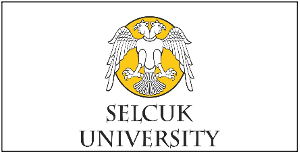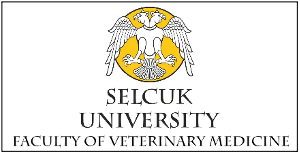| 2013, Cilt 29, Sayı 3, Sayfa(lar) 143-149 |
| [ Türkçe Özet ] [ PDF ] [ Benzer Makaleler ] |
| Evaluation of the quality characteristics of fermented sausages and sausage-like products sold in Kars |
| Çiğdem Sezer1, Aksem Aksoy2, Özgür Çelebi3, Turgay Deprem4, Metin Öğün5, Nebahat Bilge Oral1, Leyla Vatansever1, Abamüslüm Güven1 |
| 1Department of Food Hygiene and Technology 2Kars Junior College, Food Technology Program, Kars, Turkey 3Department of Microbiology, Faculty of Veterinary Medicine, Kafkas University, Kars, Turkey 4Department of Histology and Embryology, Faculty of Veterinary Medicine, Kafkas University, Kars, Turkey 5Department of Biochemistry, Faculty of Veterinary Medicine, Kafkas University, Kars, Turkey |
| Keywords: Fermented sausage, sausage-like product, histological quality, physico-chemical quality, microbiological quality |
| Downloaded:3071 - Viewed: 2808 |
|
Aim: This study was conducted for the purpose of identifying the
microbiological, physico-chemical and histological aspects of quality
criteria in sausage-like products obtained from local markets and
different samples of fermented sausages produced using traditional
methods by local butcher shops in the province of Kars.
Materials and Methods: Sampling was made during just one day and all the fermented sausages (n:30) and cooked sausage-like products (n:10) were purchased from all butchers and market points in Kars city centre. Microbiological analysis was performed by spread and/or pour plate techniques. Histological analysis was performed by Crossman triple stain and hematoxylin-eosin stains. Physicochemical analysis was performed by gravimetric and spectrophotometric methods. Results: Escherichia coli was identified in one of the cooked sausagelike products and in one sample of fermented sausage. Neither Clostridium perfringens nor E. coli O157:H7 were identified in any of the samples. Listeria monocytogenes was isolated in four (10%) of the fermented sausage samples and Salmonella spp in two fermented sausage samples (5%). Nitrate and nitrite levels in the sausage were found to be 14.88–943.71 mg/kg and 0.46-378.16 mg/kg, respectively. Thirteen (32.5%) of the sausage samples that were examined contained epithelial tissue, 27.5% (11 samples) contained glandular epithelial tissue, which was mostly seromucous in nature, and five (12.5%) contained cartilage and bone tissue with smooth muscle tissue. Conclusion: None of the sausage samples met the requirements of the standards. This shows that controlled production and post-production inspection are very important. |
| [ Türkçe Özet ] [ PDF ] [ Benzer Makaleler ] |




